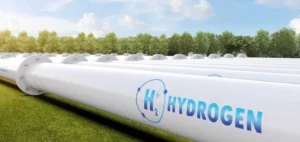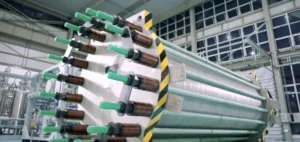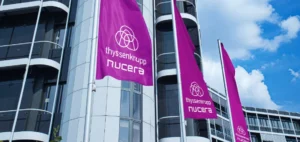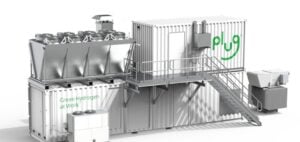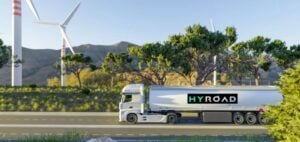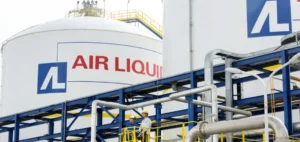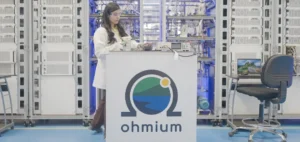Ohmium and Amp Energy India announce a partnership to produce 400 MW of renewable hydrogen in India. Amp Energy India, India’s leading renewable energy developer, will use Ohmium’s PEM electrolysers.
High technology electrolysers
Ohmium will supply the modular and nestable PEM electrolyzers to Amp Energy India. Electrolyzers break up water molecules with an electric current to produce hydrogen. Thus, hydrogen can be easily stored, unlike electricity.
The PEM electrolyser produces hydrogen from the electrolysis of water powered by electricity from renewable energy sources. This makes it a safe alternative, as Arne Ballantine, CEO of Ohmium International, points out:
“We look forward to demonstrating how our modular, high-volume, low-cost PEM electrolyzers can be deployed effectively and work for mid-sized customers.”
Finally, the PEM technology allows an efficient adaptation to fluctuations in available energy, improving the profitability of the operation.
India relies on renewable hydrogen
As the world’s third largest emitter of greenhouse gases, India is committed to achieving carbon neutrality by 2070. To achieve this, the country plans to invest heavily in renewable hydrogen. According to Pinaki Bhattacharya, CEO of Amp Energy India, renewable hydrogen seems unavoidable:
“Renewable hydrogen is quickly becoming a key component of India’s renewable energy growth and several industries are being driven to adopt renewable hydrogen.”
The collaboration between Ohmium and Amp Energy India aims to develop the sector. Thus, Amp Energy India CEO Pinaki Bhattacharya points out:
“This collaboration with Ohmium, which has a state-of-the-art manufacturing facility in India, will help us expand our commercial offering to customers, providing them with a ‘one-stop shop’ for renewable energy and hydrogen in India.”
Indeed, India wants to have an annual production capacity of 25 million tons of renewable hydrogen by 2047.









